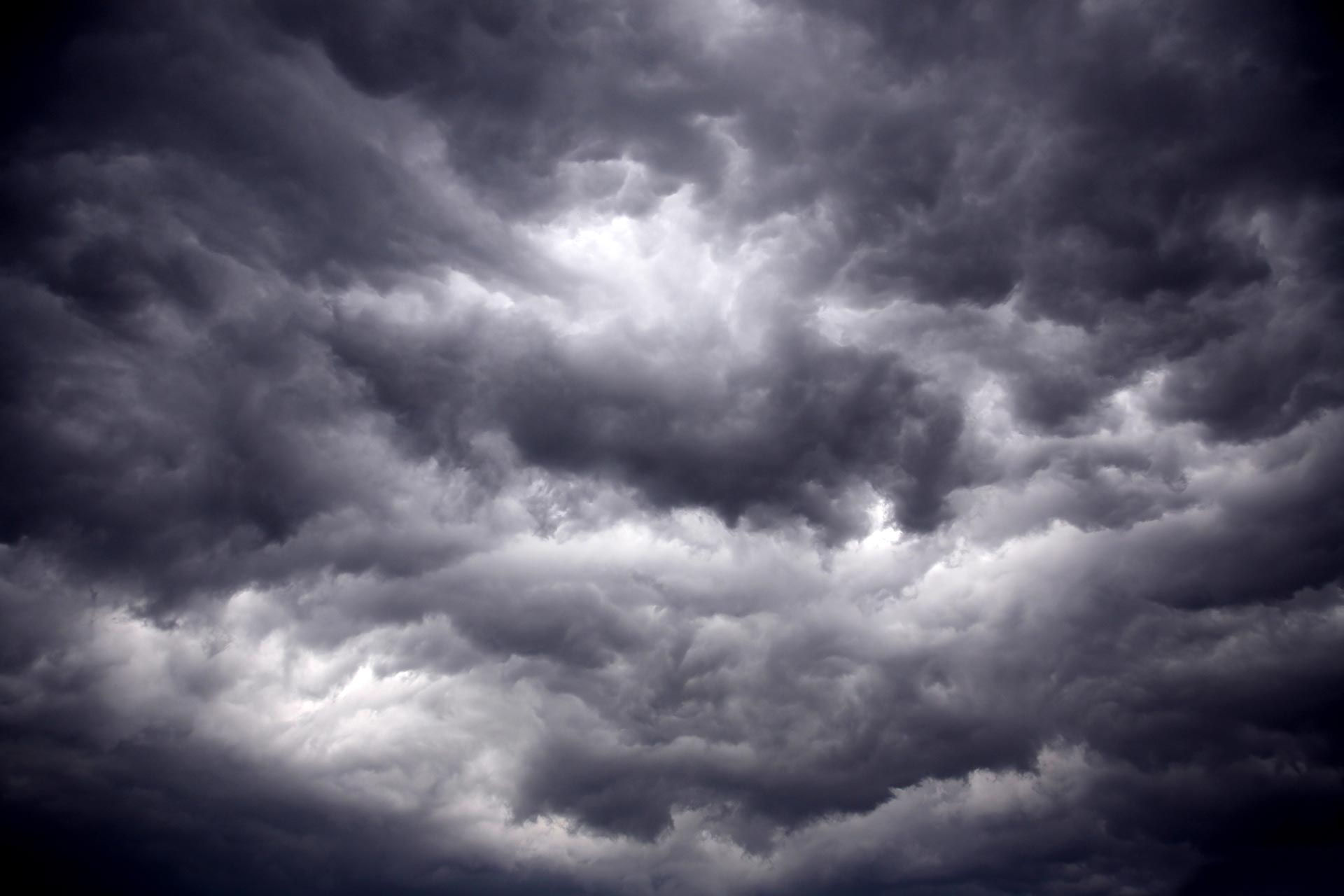OMEGA MY DAY...
- terryswails1
- May 23, 2023
- 4 min read
If you don't know what an omega block in weather is, it's time you learned because it's going to be the driving force in our forecast for the foreseeable future. So here's the basics.
An Omega Block resembles the Greek letter Omega. The image below shows an example of this blocking pattern. Air over the Southwest U.S. is forced to the north into Canada and then back south into the Southeast U.S. by a large stagnant high-pressure ridge in the center of the country.

The high pressure covers such a broad latitude that the west to east air flow (westerlies), have difficulty going around the high. The region under the omega block experiences subsidence (dry weather) and light wind for an extended period of time while rain and clouds are common in association with the two troughs on either side of the block. Omega blocks (like the one above) make forecasting easier than it usually is by defining areas that will be dominated by dry or active weather for several days. The right side of the omega block will have below normal temperatures while the region to the left will have above normal temperatures. Under the high itself the air sinks, moisture is limited, and rainfall sparse.
A pattern such as this can be difficult to break down. The stable nature of it brings a high confidence forecast for those near the block, which includes the central Midwest. This is the total rainfall the next two weeks on the EURO control.

Look at the vast area of the Midwest and Ohio Valley where rainfall deficits of 2 to 2.50 inches are shown between now and June 6th.

Here's a tighter perspective. Much of the central Midwest is already experiencing abnormally dry conditions so this is an unwelcome trend.

Going back 83 days to February 15th in the Quad Cities, only 2 days have seen more than an inch of rain (in red) and only 4 others with more than 1/2 inch (in green). 66 of the 83 days have had no measurable rain. (80% of the period has been dry).

Even out to June 4th on the EURO, you can see at 500mb the troughs still in place over the Pacific NW and New England with the ridge centered on the upper Midwest.

In terms of sensible weather the only challenging aspect of this pattern is catching a back door cold front or two. These can produce some notable temperature swings thanks to the remaining cold water of the Great Lakes. This effect is negating later in the summer when water temperatures increase thanks to the heat of summer. Anyway, A back door cold front is one that approaches from the northeast. It's driven by the clockwise rotation around a strong high pressure that builds into the Great Lakes.

One of these fronts is on the way thanks to this big 1033mb Canadian high situated just N of Lake Huron Thursday. Easterly winds by then are sweeping cool air out of Canada which is even further enhanced as it travels over the cold waters of the lakes. The shallow but dense cool air bullies its way west into my counties. Fortunately, its modified some by the time it reaches my area but is still strong enough to drop readings significantly, especially in my northern counties.

When winds switch to the east temperatures along the lake shore in Chicago drop 20 or more degrees in a matter of minutes thanks to the passage of one of these fronts. Brisk winds also accompany the plunge turning a summery day into a downright cold one in a flash.
The next back door front cuts across my area Wednesday and look at the temperature contrast the EURO is showing in the afternoon. With east winds off the lake, readings from Milwaukee to Chicago are in the 50s while a short drive to the west temperatures are as much as 30 degrees warmer in the mid to upper 80s in SE Iowa and central Illinois. Timing the front and the resulting temperature spread will be a challenge I'll face Wednesday.

By Thursday morning lows are in the upper 40s to low 50s, 16-21 degrees colder than 24 hours earlier.

CATCH A HOT SUMMER DEAL AT ONE OF THE MOST UNIQUE ACCOMMODATIONS IN THE MIDWEST
DRY AS A DINOSAUR BONE...
Unfortunately, the frontal passage will be rain free serving only to reinforce the dry air mass that exists over the Midwest. Look at the relative humidity values Thursday afternoon. They are down around 14% in SE Iowa. That's about as low as you will see them in late May.

Not surprisingly, available water vapor (PWATs) are extremely low, 0.13 inches in spots.

In some areas that's less than 10% of normal.

There's no way anybody see's rain in an air mass like that.
By the way, the cool-down only lasts a day or two. By the holiday weekend the GFS ensemble shows temperatures back in the mid 70s to near 80 Monday with sunny skies. Throw the dry air in and it looks fantastic.

The EURO is significantly warmer and I'm reluctant to buy into its numbers. However, with the air being as dry as it is temperatures may be a bit warmer than the GFS shows, especially next week. A compromise might be in order then.

At some point the pattern will change but from what I've seen that is not likely until at least mid June. In other words, what you see is what you get until further notice. Roll weather...TS











Comments